Musée des Egouts (Paris Museum of Sewers)
The curious underground history of keeping Paris clean.
“Paris has another Paris under herself; a Paris of sewers; which has its streets, its crossings, its squares, its blind alleys, its arteries, and its circulation, which is slime, minus the human form.” —Les Miserables.
In 1805, before the advent of the modern sewers, Pierre Bruneseau, an adventurer of sorts, decided to map the ancient and aging sewer system. Although even the police were afraid to enter the sewers, Bruneseau did so, and along the way found lost medieval dungeons, jewels, and the skeleton of an escaped orangutan. Bruneseau finished his survey in 1812.
The ancient system was described by his friend Victor Hugo in Les Miserables as “fetid, wild, fierce…” Hugo wrote that “nothing could equal the horror of this old, waste crypt, the digestive apparatus of Babylon.” Bruneseau was lauded by Paris as “the most intrepid man in your Empire” and “the Christopher Columbus of the cess-pool.”
In 1850, Baron Haussmann and engineer Eugène Belgrand designed the modern Paris sewer system. By 1878, the sewer system was over 373 miles long, and today the network extends 2,100 kilometers beneath the streets of Paris, or farther than the distance from New York to Miami. Hugo said of the new system: “The present sewer is a beautiful sewer; the pure style reigns there…”
The Parisian sewers are a kind of mirror to the streets above. All are large enough to accommodate a person, and you could rather easily navigate your way around the entirety of Paris via the sewer system. Each sewer “street” has its own blue and white enamel street sign, and each building’s outflow is identified by its real street number.
The Parisian sewers have always fascinated tourists, and the sewers were opened to the public during the World Exposition of 1867. Tourists were originally given tours on a small locomotive-drawn wagon, and later, up until the 1970s, in boats. They floated down the wide Parisian sewer canals in a sort of Parisian answer to the gondola. Today, the Parisian sewer system is closed to all but the 800 egoutiers, or sewer workers, with the exception of course of the Musée des Egouts, or the Paris Museum of Sewers.
One of the more intriguing displays in the moderately odorous museum is a giant iron ball. The sewers are regularly cleaned using large wooden or metal spheres just smaller than the system’s tubular tunnels. The buildup of water pressure behind the balls forces them through the tunnel network until they emerge somewhere downstream, pushing a mass of filthy sludge. And keep an eye out for packages whooshing through the “Pneu” or pneumatic tube system that still runs throughout the Parisian sewer.
Know Before You Go
Métro : ligne 9, station Alma-Marceau. RER : ligne C, station Pont de l'Alma. Bus : lignes 42, 63, 80, 92, arràªt Pont de l'Alma.








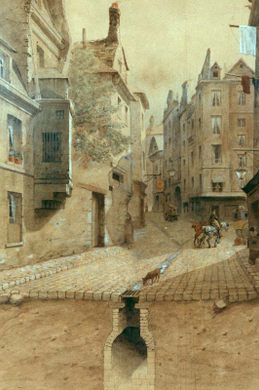
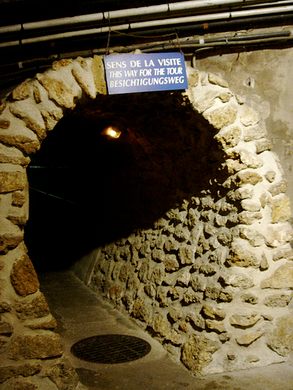

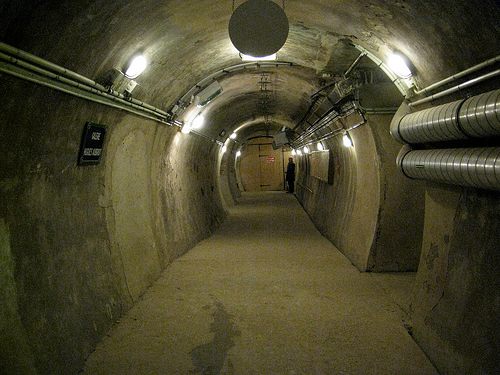

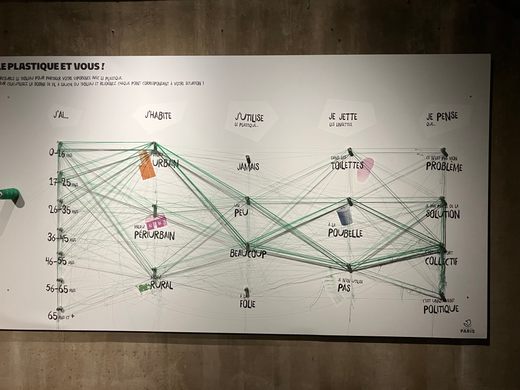
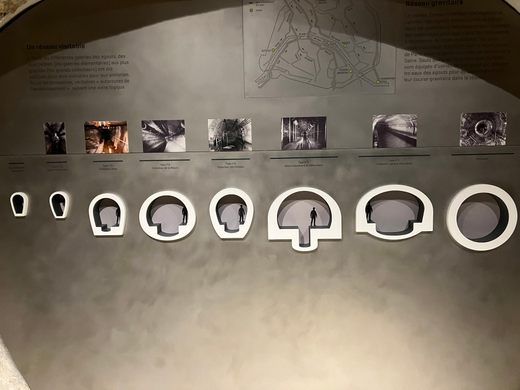
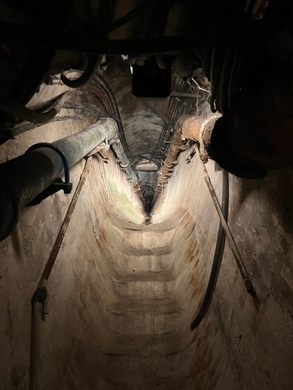


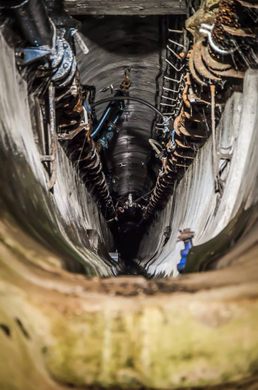
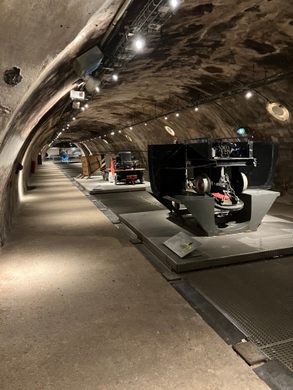
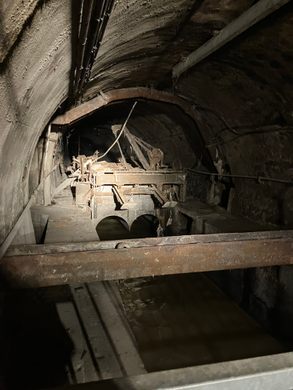
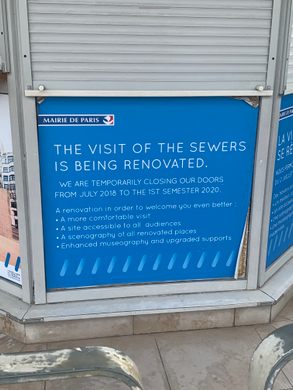
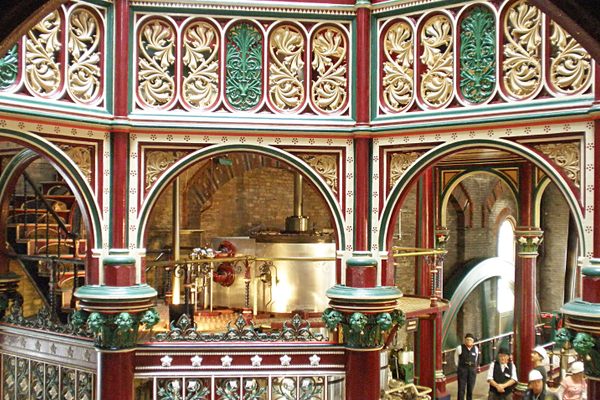

















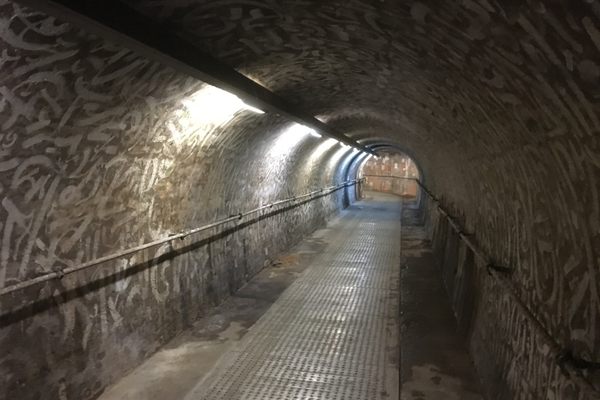





Follow us on Twitter to get the latest on the world's hidden wonders.
Like us on Facebook to get the latest on the world's hidden wonders.
Follow us on Twitter Like us on Facebook